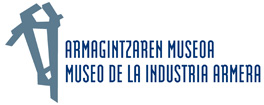
Master builder: Fernando Zumarraga 1926
Like Orbea and GAC, Beistegui Hermanos, represents the spirit of perseverance and innovation of EibarâÂÂs citizens. The firm had started out as an arms workshop in 1910, following the initiative of Beistegui Albistegui brothers Domingo, Juan and Cosme: Domingo was the funding partner, Juan provided the know-how and Cosme was responsible for the commercial side of things. In 1913 the three of them were in charge of the arms workshop, initially with just four employees. They set up the business in a small workshop in Urkizu, near Grabadores St. (now called Bittor Sarasketa), repeating the usual evolutionary process of an Eibar company at the beginning of the 20th century. It was not long before this small workshop grew into a sizeable business, however, with the number of employees increasing ten-fold in a mere three years to a staff of forty workers by 1916. Unfortunately, like so many other arms companies in Eibar, the firm was seriously affected by the recession in the sector when the First World War drew to a close. At that point they decided to diversify production, applying their skills as arms manufacturers to the creation of what was to become their best-known product: the bicycle.
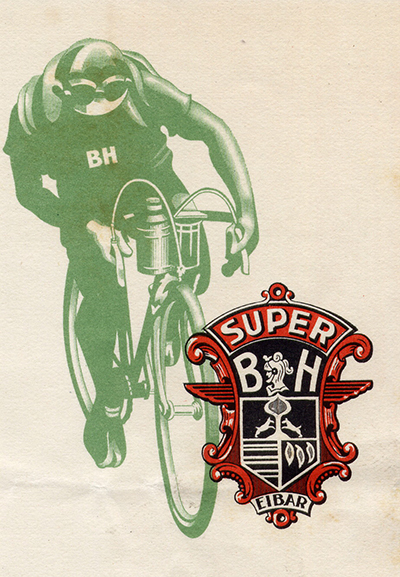
The change was a resounding success. In 1926 the outlook for the company was excellent. With an increase in production and a considerable rise in profits, the Beistegui brothers were confronted with the need for larger premises not only to cope with the new demands of production, but also to offer a corporate image that would help to increase bicycle sales. The decision was then taken to move from their simple single-floor workshop to a sturdy new reinforced concrete building which still stands between Urkizu and Bittor Sarasketa Streets.
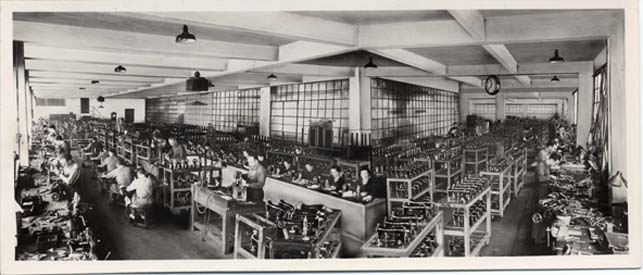
Instead of seeking the services of an architect, the design of the building was entrusted to a master builder, a profession which was authorised to construct private buildings, such as flats, shops or factories.
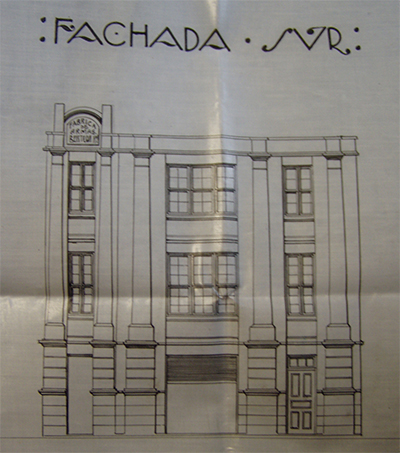
Fernando Zumarraga was the master builder chosen for the task of creating the new premises, the dimensions of which speak more of a factory than a workshop. Given the favourable economic prospects that bicycle production appeared to offer, from the very start the building was designed with a view to allowing for further expansion and growth of the company, opting for a two-storey flat-roofed building.
Indeed, that same year (1926) the Beistegui brothers decided to add a third floor, also with a terraced roof, anticipating further increases in manufacturing output which, sure enough, occurred throughout the long history of the company.
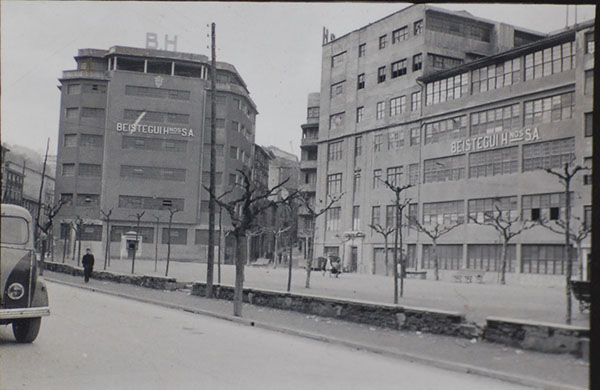
Fernando Zumarraga came up with an interesting idea for the internal layout of the building, with the offices located at the chamfered corner of the two façades. The master builder thus became a precursor of one of the most characteristic features of Eibar industrial architecture, with many buildings adopting the same style in the years following the Civil War, with notable examples like Fundiciones Aurrera, Cadenas Iris, Lambretta Locomociones, Alfa and so on. In this particular case, the chamfer was to become an icon for the factory as it displayed the company coat of arms and became an important feature of the urban townscape. It is precisely this urban character that makes the building stand out, and, as is the case for all EibarâÂÂs industrial architecture, its greatest virtue is its versatility. Its distinctive design and conception have permitted the building to be reused and the premises reconverted into various workshops and stores that currently occupy the site. This also shows how a new lease of life can be given to EibarâÂÂs industrial heritage.
 Anemona Studioa, 2015, Eibar www.anemonastudioa.com
Anemona Studioa, 2015, Eibar www.anemonastudioa.com Ondartez www.ondartez.com
Ondartez www.ondartez.com
